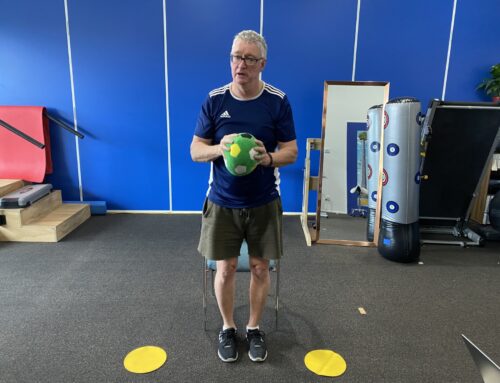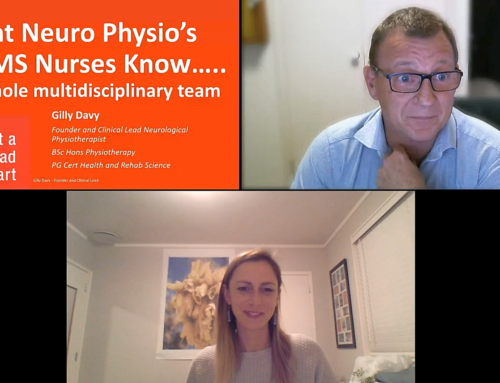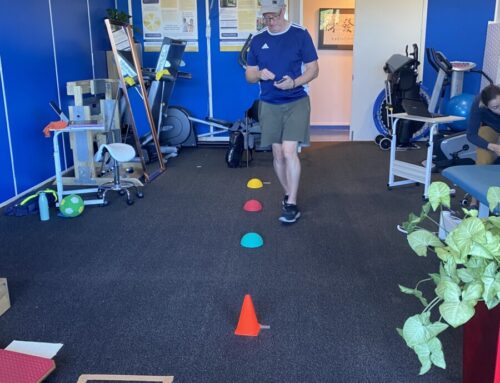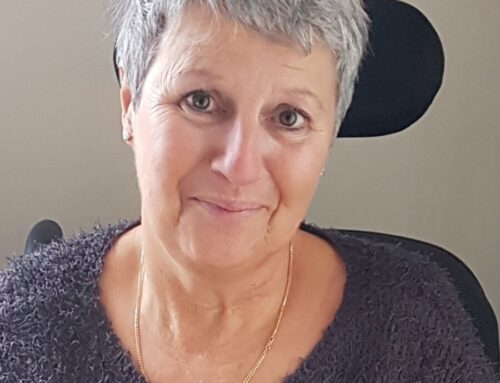I was lucky enough to be able to attend a course held here in Sydney last week that has dramatically influenced my clinical practice not only with incomplete spinal cord injuries but many other neurological conditions. The course was:
An introduction to the assessment and treatment of the incomplete spinal cord injured individual: The Bobath Concept
Presented by Julie Vaughan-Graham, neurological physiotherapist, PhD (Cand) and Advance IBITA (International Bobath Instructors Training Association) who is based in Canada. Julie had kindly flown over to Australia to present this 4 day course at 3 locations, Brisbane, Sydney and Melbourne. She was an inspirational physiotherapist who not only demonstrated amazing handling and facilitation techniques but also an incredible knowledge base in the latest research of the neuro anatomy of the spinal cord and spinal cord rehabilitation.
For those who are not familiar with the Bobath concept it is currently described as:
An inclusive, individualized, problem-solving, living concept based on a systems approach to motor control, with particular emphasis on movement analysis and motor recovery from the perspective of the integration of postural control, task performance and contribution of sensory inputs.
This approach is a practical hands on facilitation of active movement based on the contemporary theories of motor control, neuromuscular plasticity and motor learning. This personally really resonated with me as there seems to be a significant emphasis of exercise prescription and much less hands on approach in neurological rehabilitation now, especially with students and new graduate physiotherapists. As demonstrated on this course we are not utilizing our full skills as a physiotherapist if we are not hands on. Mrs Berta Bobath the founder of the Bobath concept defines it well in her published research in 1990;
“……if you have not facilitated your patient to do something active, then you have done nothing at all”
The course highlighted the exciting progression in incomplete spinal cord rehabilitation, defining the well recognized fact that the spinal cord has the ability to plasticity adapt and change. This is changing the rehabilitation world with 61% of spinal cord injured clients functioning as incomplete lesions. However what is more fascinating is that 65% of functionally complete spinal cord injuries could be incomplete with MRI results showing tissue and axonal sparing across the lesion. Which means there is a potential for some recovery!
Julie also emphasised that motor learning has not taken place until the client can repeat the movement independently in different environments. This is really important to remember when treating clients, that until the client can perform the task by themselves at home or in different environments from your clinic, motor learning has not been achieved. A practical example of how you can implement this immediately is when you ask you client to perform 60 sit to stands at home for their home program, why not change it to be 20 sit to stands of a chair, 20 off the bed and 20 off the toilet seat. This instantly varies the environment increasing confidence and carry over of the task.
If you are a neurological physiotherapist or have an interest in neurology I would strongly recommend for you to complete some Bobath training, see the link below. And if you are at all interested in keeping up to date with the latest best practice approaches to incomplete spinal cord injury rehabilitation then keep your eyes out for Julie Vaughan-Graham’s next course and publications.






